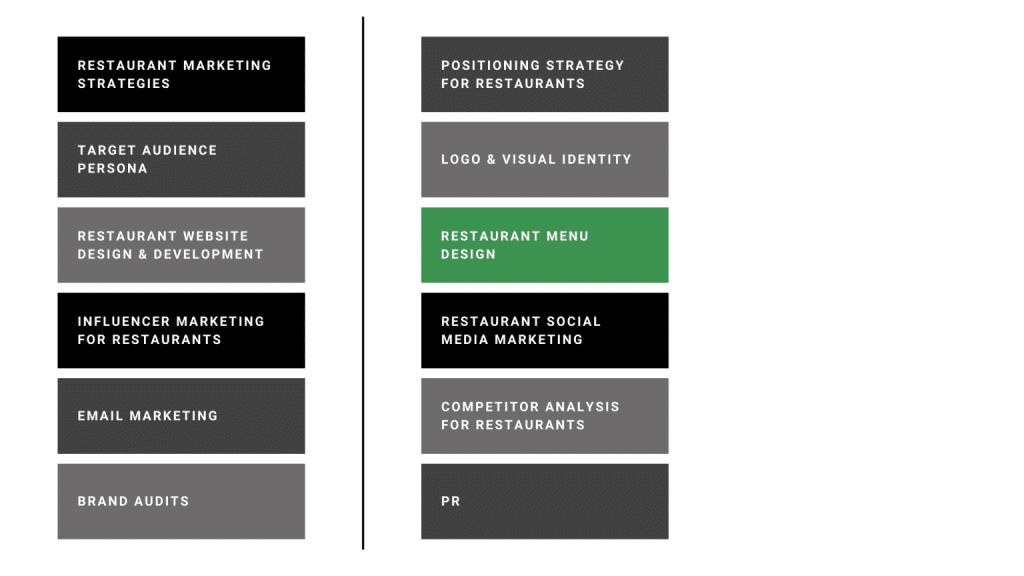Connect with your customers using the Jungian archetypes.
There are brands we feel connected to, those we can’t get enough of, and then there are brands that are not our type.
This deep and meaningful connection that brands build with their audience through brand evolution is more than a stroke of luck—it’s psychology.
Brand archetypes are ubiquitous in modern marketing and use human psychology to help companies build a valuable, worthwhile relationship with their audience.
This subject was first introduced to the branding world with The Hero and the Outlaw, a book that reminds its readers of the importance of stories and storytelling in marketing.
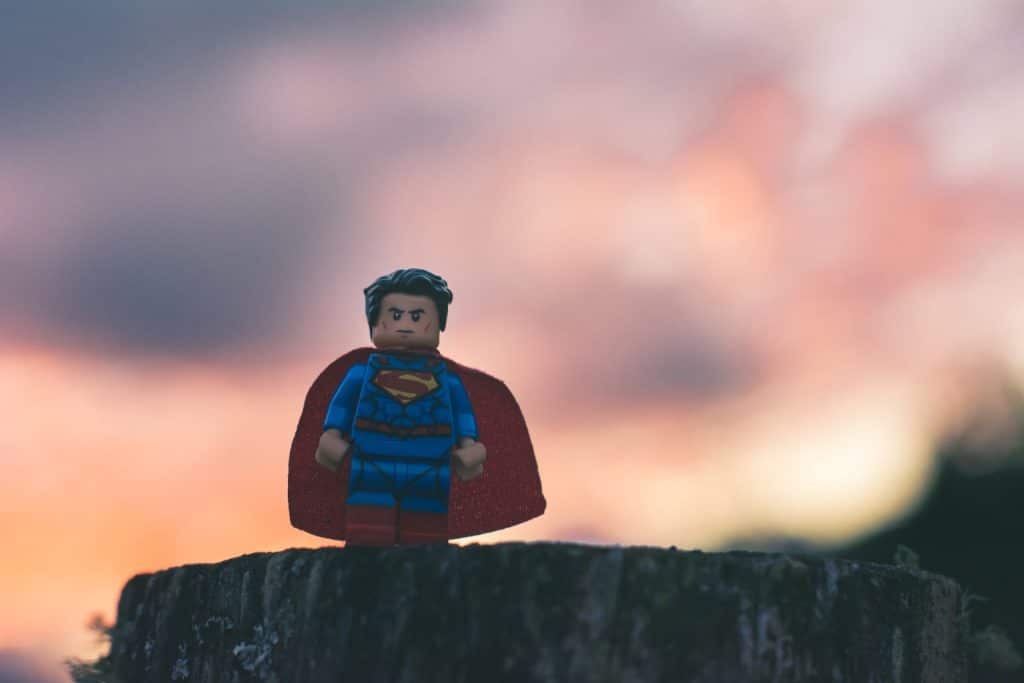
According to Carl Jung, archetypes are ingrained in our unconscious, and we constantly use them to understand the world.
If marketers build their brands with a marketing archetype in mind and mirror its role, they can make lasting connections with their customers.
Let’s explore in detail how Jungian archetypes can help build your brand.
The 12 Jungian Archetypes Behind Powerful Marketing
Jung believed that humans use symbolism to understand more profound concepts. This led him to identify 12 archetypes, each with a powerful identity and its own set of values, attitudes, and behaviors.
Marketers have used Carl Jung’s theory of archetypes to create a classic framework for understanding and building brand personality.
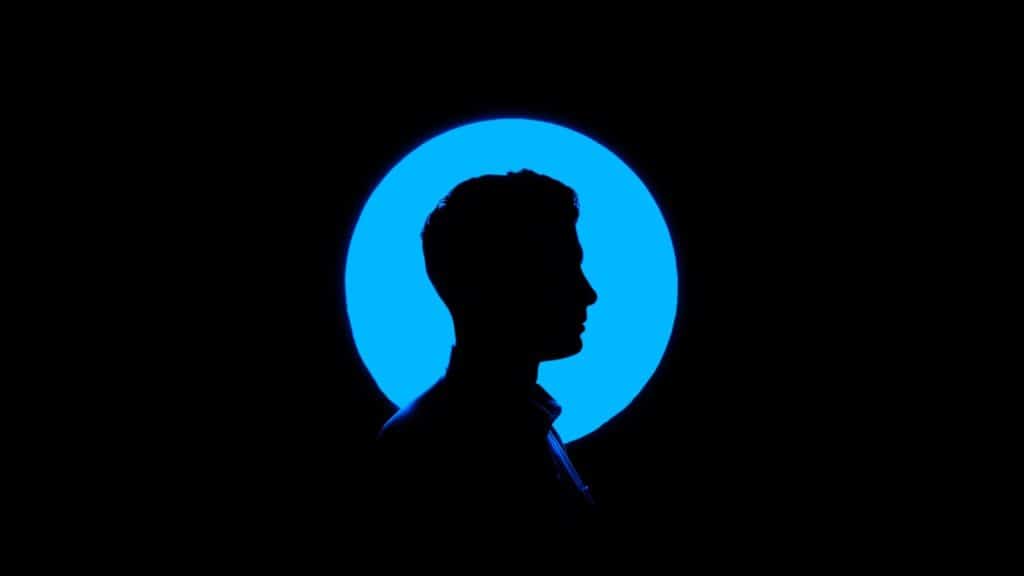
The Inward divide – brand archetypes broken down
Each Jungian archetype revolves around a set of patterns using which we can group them into shared values.
Marketers use this to develop narratives that align with a brand’s core identity, enabling them to build powerful connections with their audience.
As consumers, we connect with the personality of the brand archetype simply because they are universal and represent our needs and desires. This brings us closer to a company and its products.
The 12 Brand Archetypes at a Glance
Take a look at this brand archetype wheel:
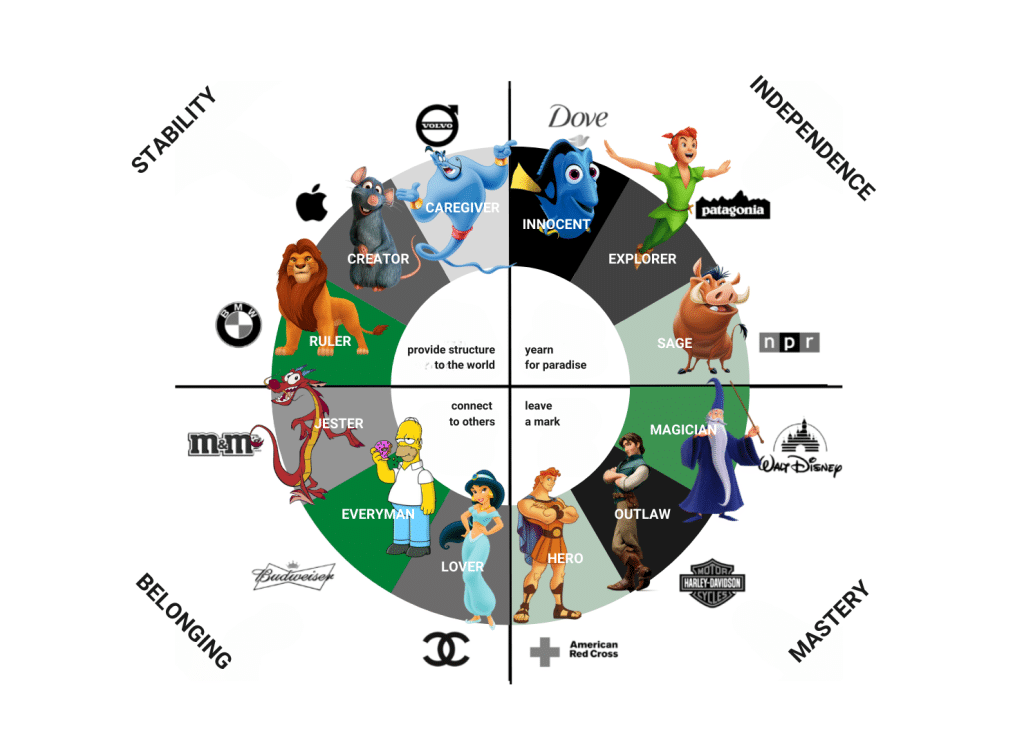
These 12 Jungian archetypes have been derived from Jung’s original set. They cover a spectrum—from comfort and innovation to excitement, rage, magic, and more.
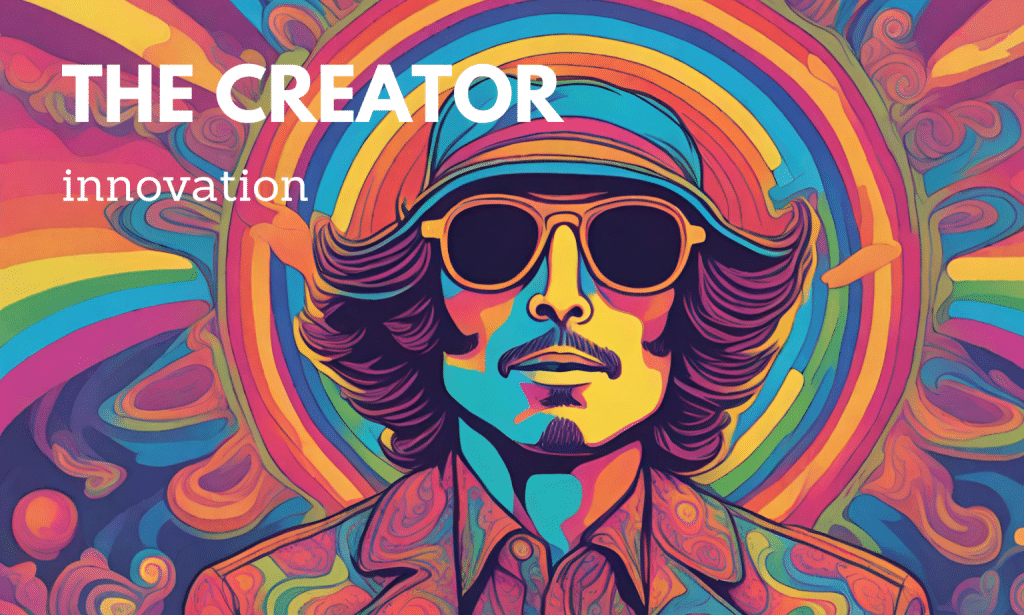
The Creator
Desire: Create something meaningful and lasting
Goal: Innovation
Brand voice: Creative, imaginative, original, expressive, visionary
Fears: Indifference, duplication, stagnation
Drawback: Impractical or perfectionists.
Strategy: Solving problems or creating a need using creativity
Brand Message: Think different
Brands: Lego, Crayola, Apple, Adobe, YouTube
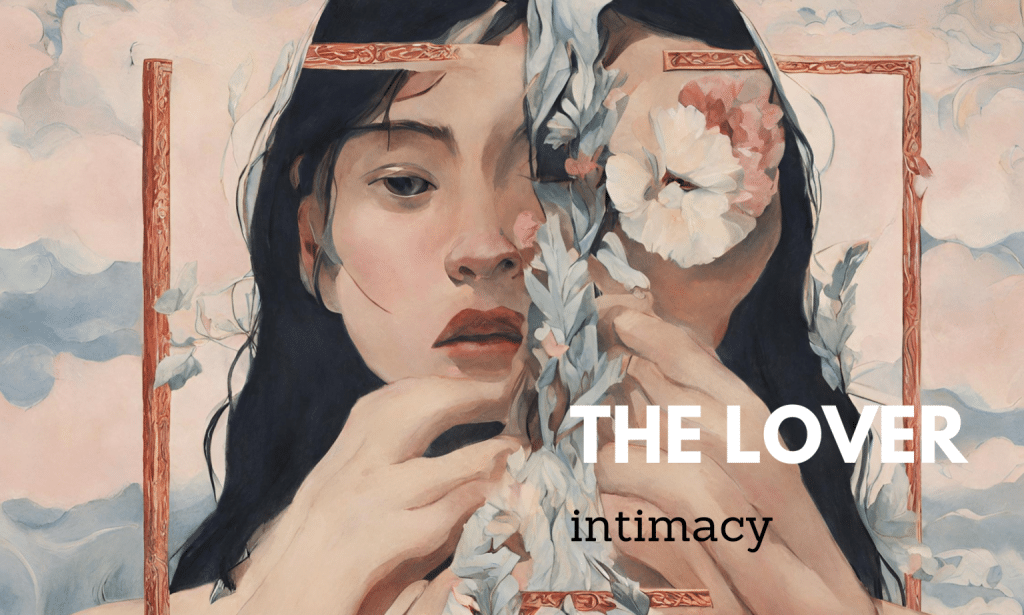
The Lover
Desire: Intimacy
Goal: Connection
Brand voice: Passionate, magnetic, sensual, soothing
Fears: Disconnection, apathy, rejection, isolation, invisible
Drawback: Too selfless
Strategy: Be desirable
Brand Message: I only have eyes for you
Brands: Nescafe, L’Oréal, Hallmark, Chanel, Godiva
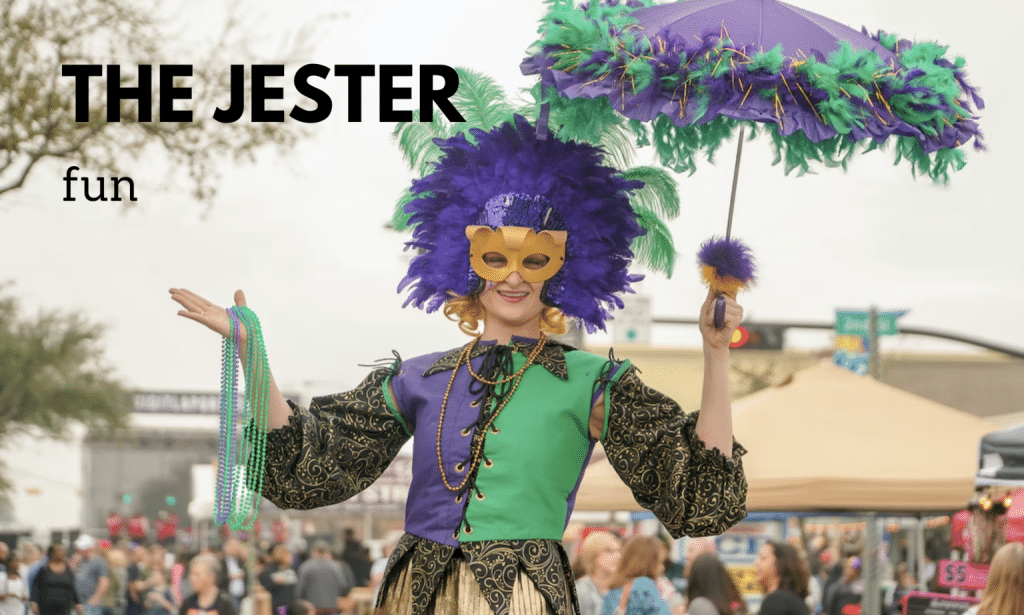
The Jester
Desire: Enjoyment, fun
Goal: Entertainment
Brand voice: Fun, light-hearted, humorous, positivity
Fears: Boredom, gloom, loneliness, negativity, misery
Drawback: Frivolous, disrespectful
Strategy: Being playful and fun
Brand Message: If I can’t dance, I’m not part of it
Brands: Old Spice, Skittles, Mailchimp, M&M’s, Geico
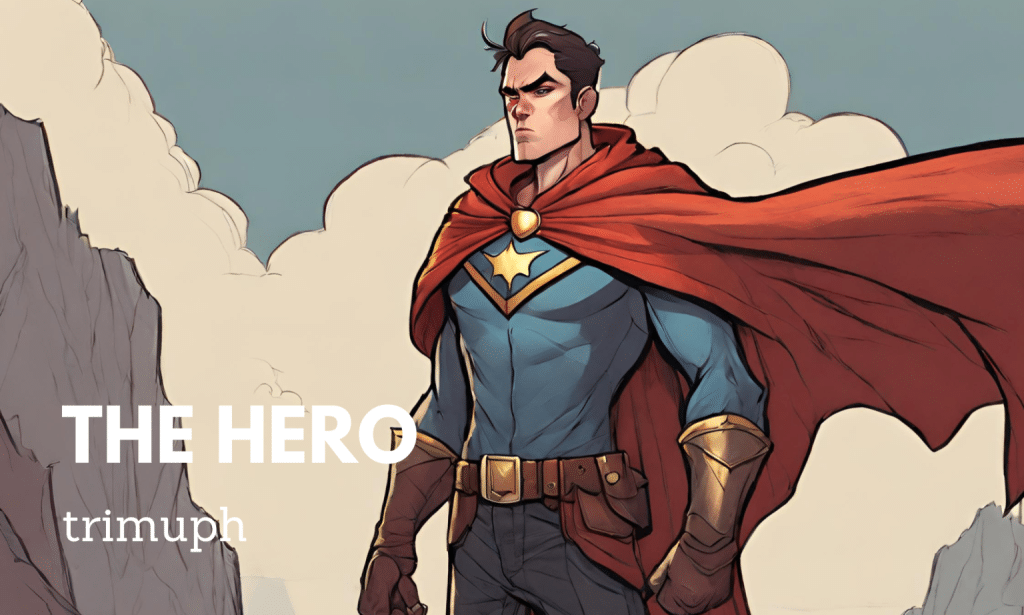
The Hero
Desire: Mastery, growth, triumph
Goal: Improving the world through skill and courage
Brand voice: Honest, brave, determined, candid
Fears: Weakness, injustice, incompetence, cowardice
Drawback: Arrogant, unrelenting, aloof
Strategy: Be stronger; motivate and encourage
Brand Message: Where there’s a will, there’s a way
Brands: Nike, BMW, Marvel, FedEx, American Red Cross
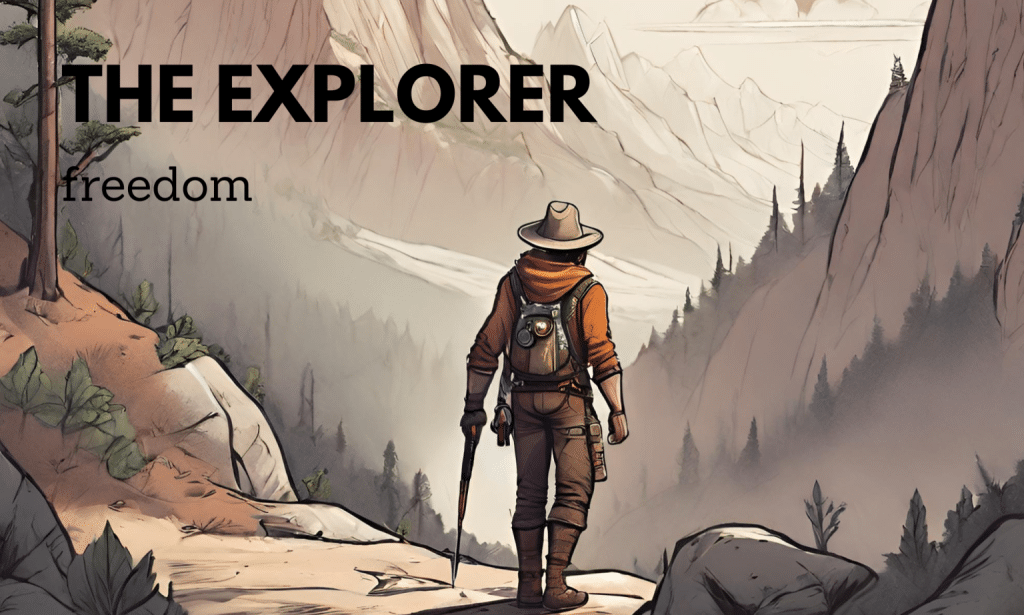
The Explorer
Desire: Freedom
Goal: Excitement and fulfillment
Brand voice: daring, fearless, ambitious, exciting, independent
Fears: Confinement, entrapment, aimlessness, safety, cautiousness
Drawback: Can be restless
Strategy: Take the road less traveled
Brand Message: Never stop exploring
Brands: NASA, GoPro, Jeep, National Geographic, Patagonia
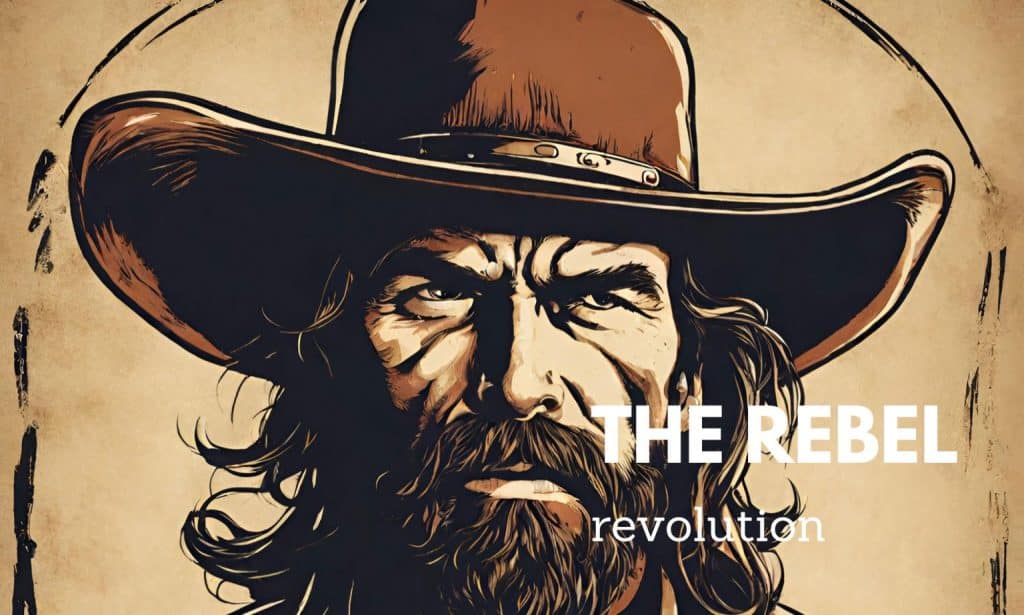
The Rebel
Desire: Revolution
Goal: Disrupt and tear down what doesn’t work
Brand voice: Rebellious, iconoclastic, disruptive, progressive, raw
Fears: Rules, conformity, repetition, rigidity, status quo
Drawback: Can take it too far
Strategy: Create a stir
Brand Message: Rules are made to be broken
Brands: Harley Davidson, Diesel, Red Bull, Uber, Vans
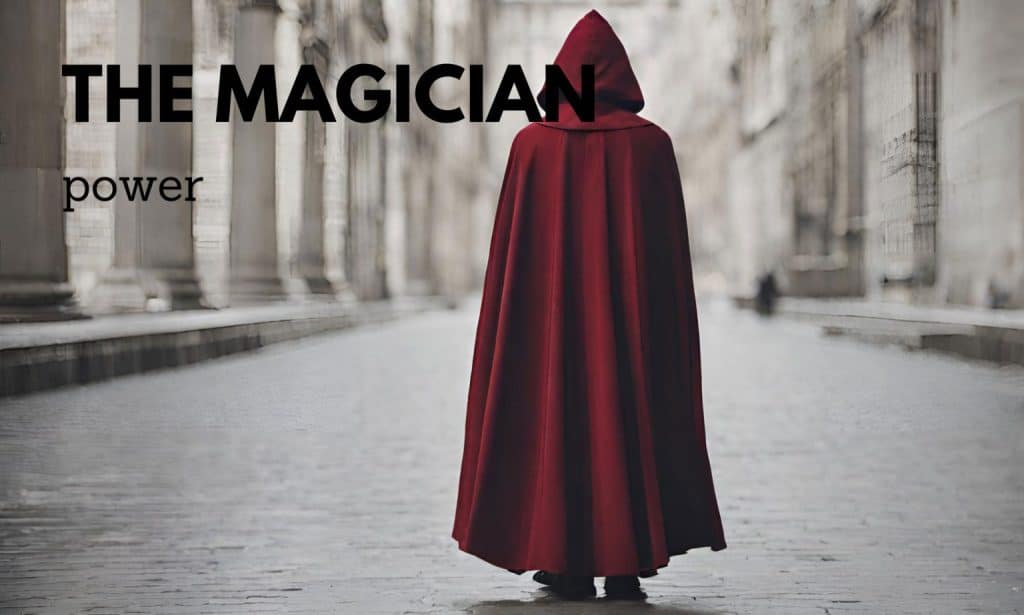
Magician
Desire: Power, transformation
Goal: Turning dreams into reality
Brand voice: Charismatic, mystical, reassuring, insightful, wise
Fears: Stagnation, disillusionment, losing magic, repetition, doubt, ignorance
Drawback: Can be distant, manipulative, dishonest
Strategy: Creating a unique, magical vision
Brand Message: It can come true
Brands: Coca-Cola, Disney, Tesla, Red Bull, Sony
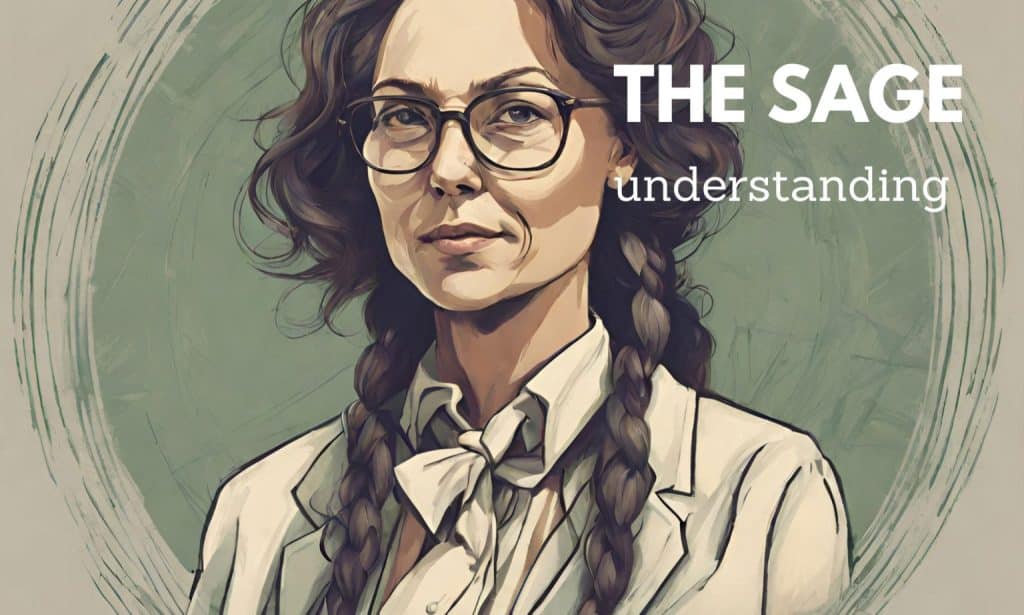
The Sage
Desire: Find the truth through knowledge, wisdom, and insight
Goal: Understanding
Brand voice: Insightful, thought-provoking, knowledgeable, expertise
Fears: Ignorance, stagnation, lies, stupidity, misinformation, inaccuracy
Drawback: Overly opinionated or contemplative
Strategy: Seek knowledge and information
Brand Message: The truth will set you free
Brands: TED, BBC, Google, NPR, MayoClinic
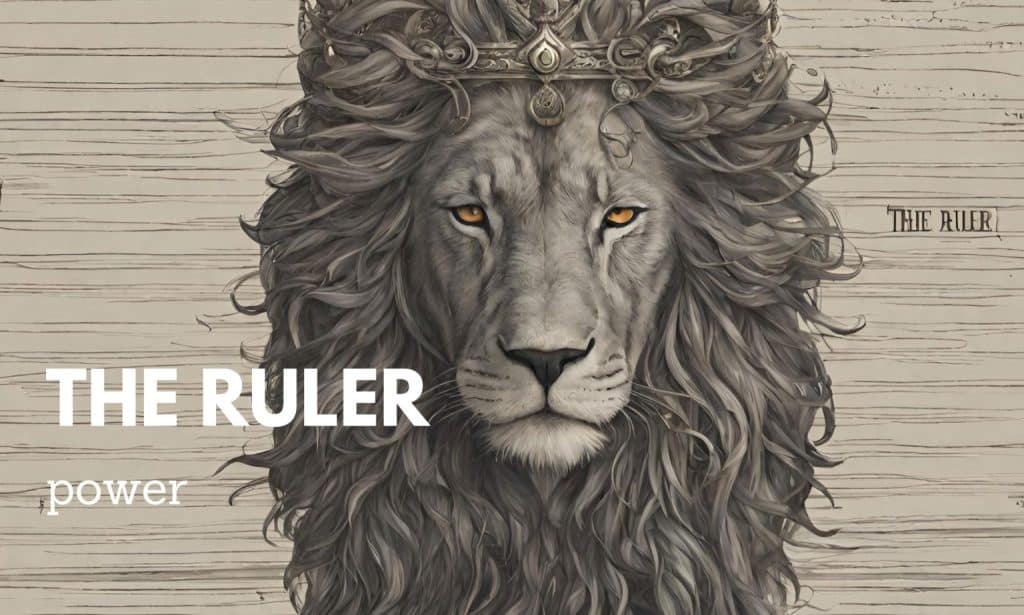
The Ruler
Desire: Control, stability
Goal: Success, power, order, prosperity
Brand voice: Commanding, confident, influential, responsible, articulate
Fears: Chaos, weakness, powerlessness, being dethroned, undermined, rebels
Drawback: Controlling, entitled, cold
Strategy: To lead, demonstrate, and create
Brand Message: We’ll take it from here
Brands: Rolex, Microsoft, Mercedes, BMW, Louis Vuitton
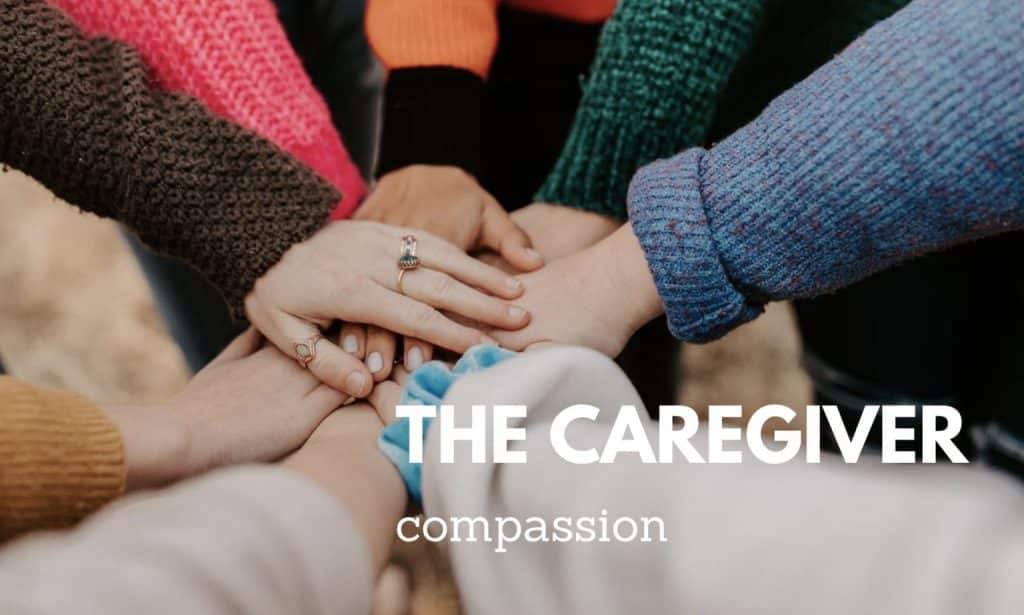
The Caregiver
Desire: Compassion, comfort, care, protection
Goal: Helping others
Brand voice: Nurturing, warm, compassionate, caring, selfless, maternal
Fears: Ingratitude, selfishness, abandonment, neglect, helplessness
Drawback: Being exploited or taken for granted
Strategy: Being there for others
Brand Message: How can we help?
Brands: UNICEF, WWF, Pampers, Johnson & Johnson, Volvo
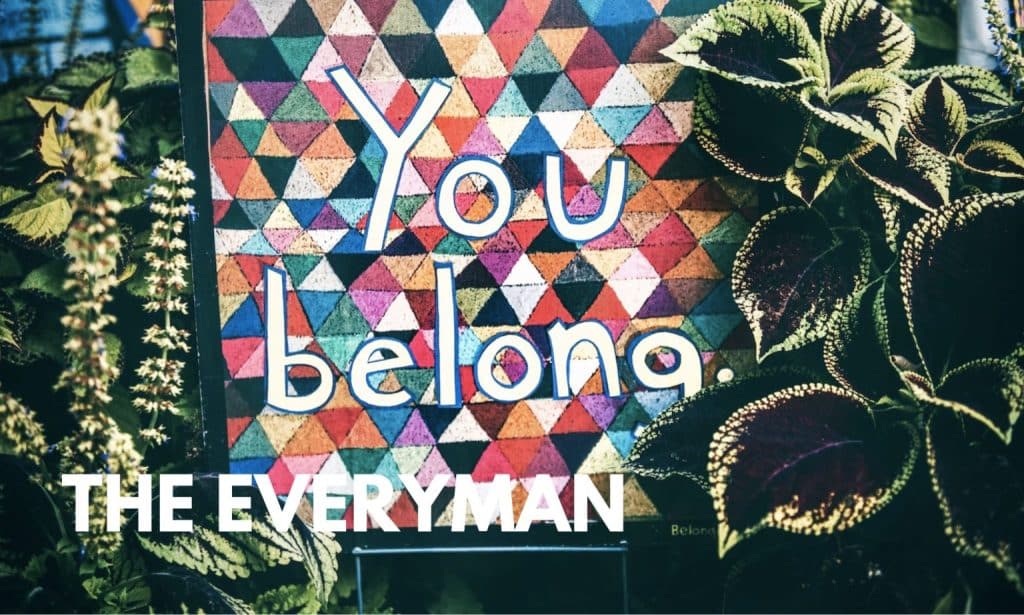
The Everyman
Desire: Belonging
Goal: Connecting with others
Brand voice: Friendly, authentic, humble, genuine
Fears: Elitism, exclusion, isolation, separation, hostility
Drawback: Blending in
Strategy: Trustworthy, building common ground
Brand Message: You’re just like me, I’m just like you
Brands: Target, IKEA, eBay, McDonalds, Budweiser
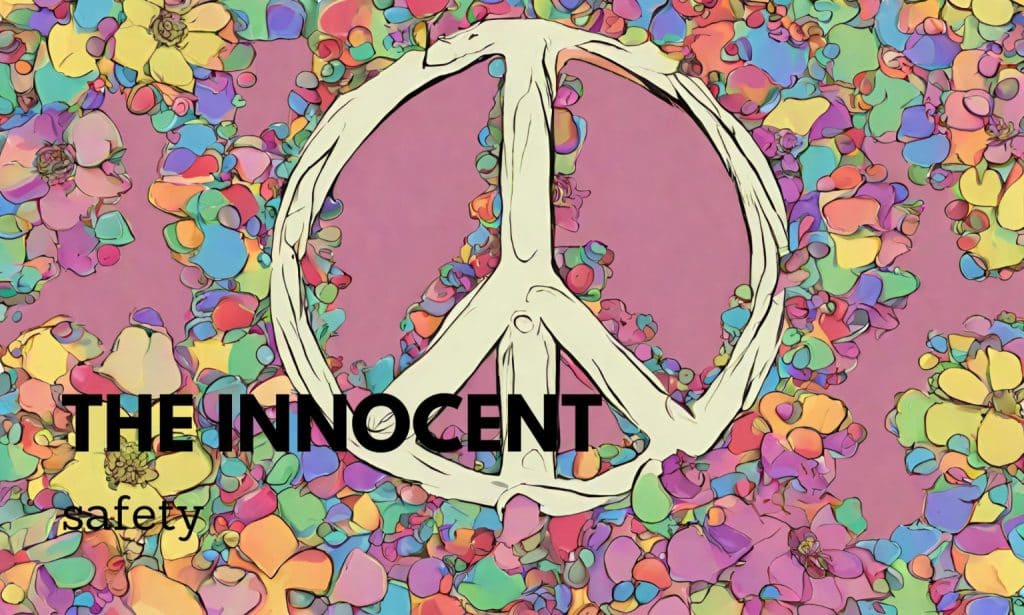
The Innocent
Desire: Spreading happiness, love, peace
Goal: Safety, happiness
Brand voice: Honest, optimistic, simple, moral, loyal
Fears: Deceit, confusion, punishment, depravity
Drawback: Can be boring or naïve
Strategy: Do the right thing
Brand Message: Love your neighbor as yourself
Brands: Dove, Coca-Cola, Aveeno, McDonald’s, Evian
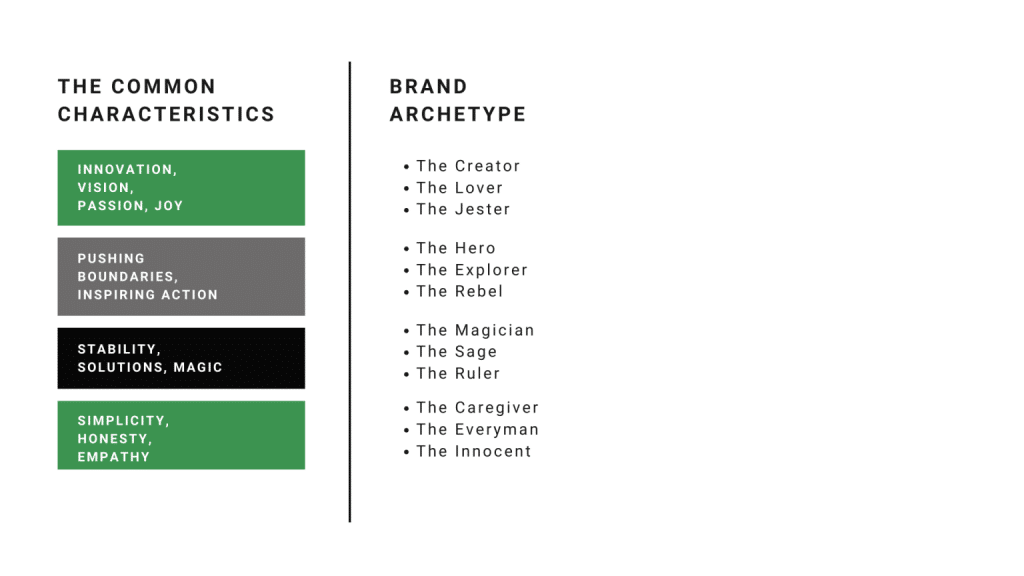
The Intersection and Evolution of Brand Archetypes and Brand Personality
Are brand archetypes the same as brand personality? Not at all.
Though these concepts are interrelated and influence each other, it’s crucial to understand what sets them apart, the nuances at play, and how they can be used together to help brands stand out through brand evolution.
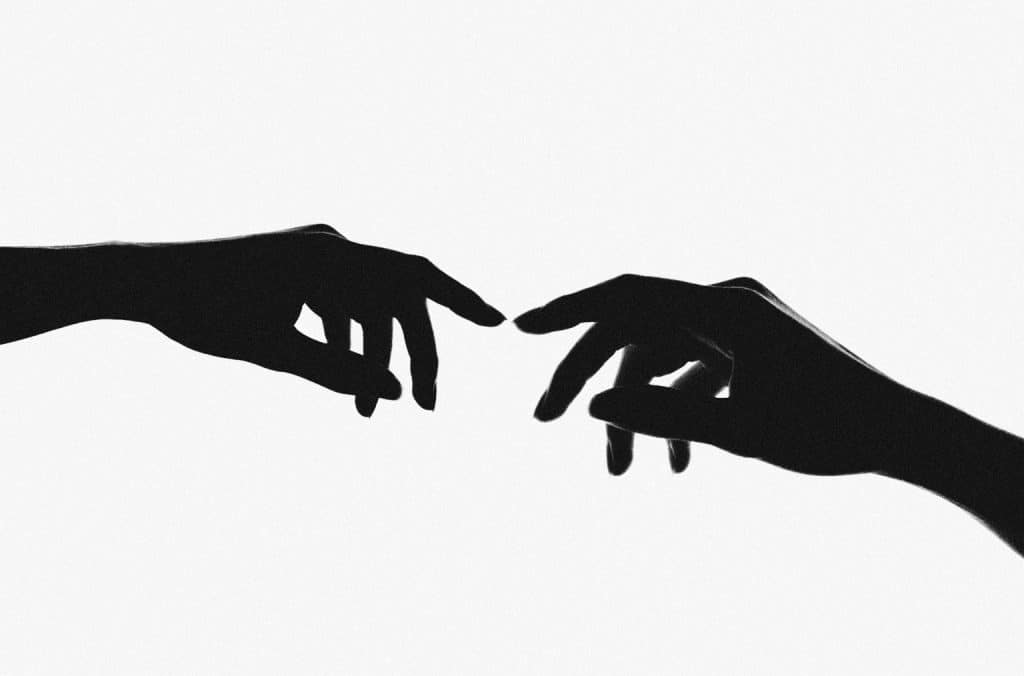
How They Work Together in Harmony
Brand archetypes serve as a comprehensive categorization framework influencing a brand’s narrative. They draw upon timeless themes and motifs, creating a connection with the audience on a fundamental level.
Once a brand has aligned with an archetype, it becomes a foundational element for shaping its story, messaging, and positioning.
This is where the brand personality enters. Where the archetype lays down the groundwork of a brand, the brand personality builds it up and adds depth, belonging, and life to it, making it more human, relatable, and compelling.
For instance, imagine a brand aligning with Jung’s ‘Sage’ archetype. This provides a general understanding of the brand’s narrative—wisdom and guidance. Add a quirkiness to the personality of this sage, and you’ve just created a brand that not only imparts knowledge but is also light, fun, and unique. Take a ‘mysterious’ sage, and the narrative changes again, now carrying an aura of enigma and intrigue.
Similarly, brand analysis shows that a brand’s personality can shape its archetype. If a brand is characterized by sophistication and elegance, it already leans toward the Lover or the Creator archetype.
Both the archetype and the brand’s personality must complement and align with each other. Failure to do so can make the brand message unclear and confuse customers.
A brand can use archetypes and personality to achieve different goals. If a brand is looking to reposition itself in the market, it can start by identifying a new archetype that aligns with the updated narrative and the brand personality.
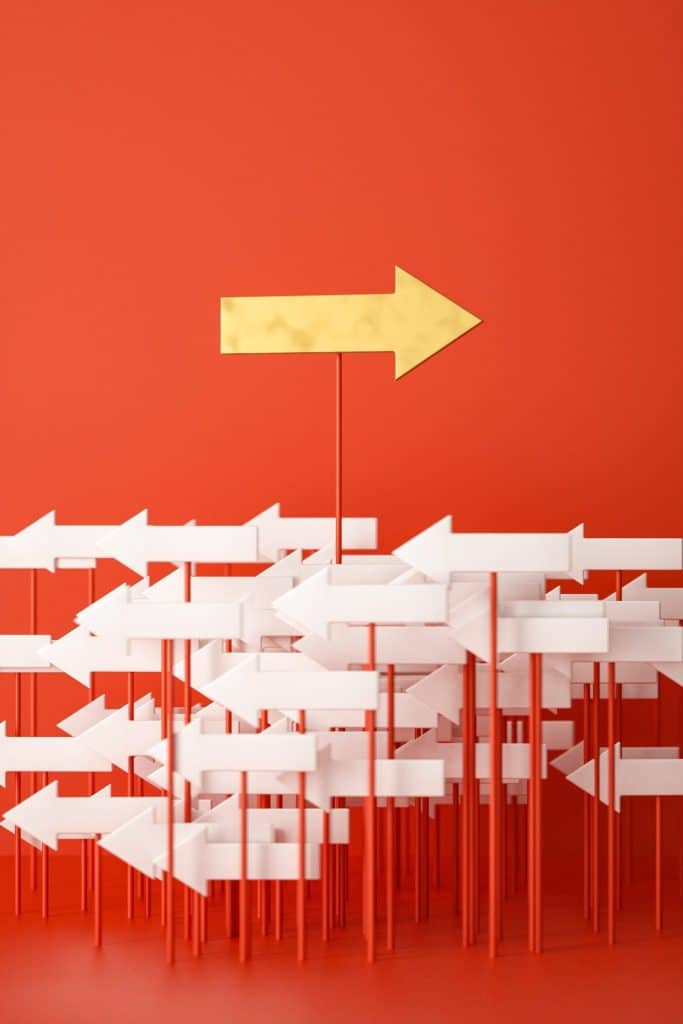
For instance, what comes to mind when we think of a rebel? Someone who goes against stereotypical norms is daring, bold, authentic, creative, and loud.
If we associate a brand with these characteristics, we get products and services that are non-conforming, imaginative, empowering, and authentic. Qualities like these can create a powerful emotional connection, even devotion, with people who resonate with The Rebel archetype.
In the restaurant industry, there’s one glaringly obvious rebel that people absolutely love: Dirt Candy, NYC.
This fine dining spot is known for its unconventional and sophisticated approach to vegetarian cuisine, where diners are treated to inventive and flavorful dishes that challenge the notion that vegetarian food is bland.
Dirt Candy’s menus are presented in a comic book style, adding a playful touch to the dining experience and as an act of rebellion against traditional menus. The dishes focus on vegetables, creating spectacular, inventive flavor profiles for mains and desserts.
Carrying a modern flair, surrounded by a sleek and minimalistic interior with a touch of whimsy, this high-end restaurant has a devoted line of open-minded diners and food enthusiasts, or “rebels,” who swear by the amalgamation of different tastes and ambiance of this contemporary vegetarian restaurant.
What’s the Future Like for Archetypes and Brand Personality?
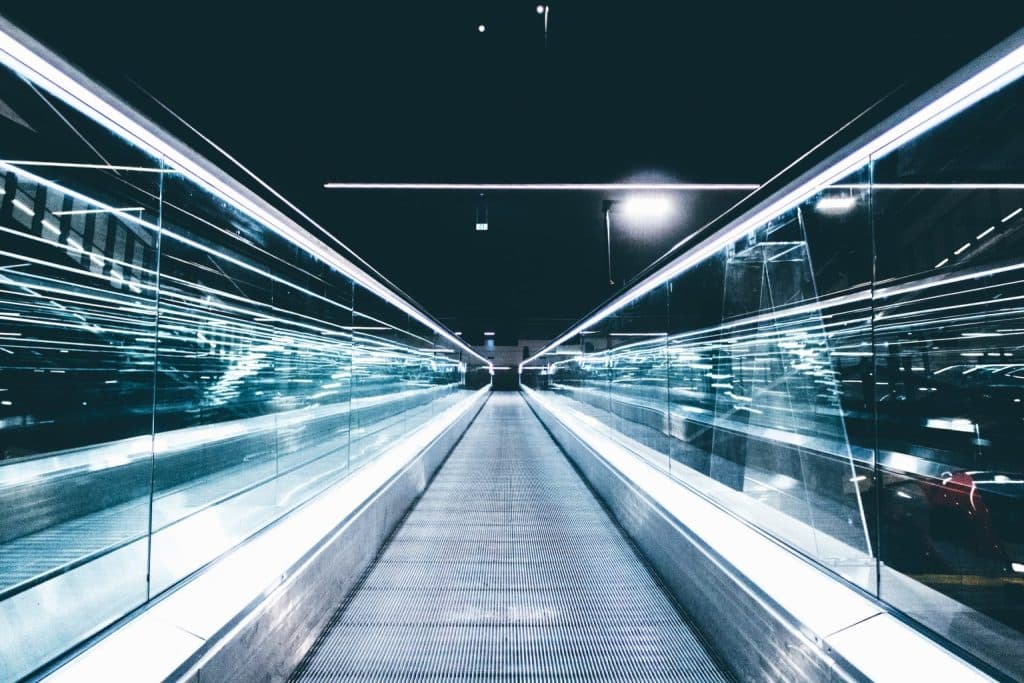
Brand archetypes and personality are interwoven concepts that influence, shape, and refine each other to create a strong brand identity that can connect with its customers.
Companies, giant corporations, restaurants, hotel chains, and anyone who utilizes archetypes and personalities can use brand analysis to gain a competitive edge and develop narratives that sway their audience.
Looking ahead, we can see the evolution of both concepts being influenced by several factors, especially in the digital, technology-centered world.
This changes how brands interact with their audiences, and the trend will continue. There’s a need for a more dynamic approach to building brands that can adapt and evolve as the need arises.
Furthermore, customers are growing more conscious of societal and environmental issues and want to be part of a change. Considering this, the brands that choose their archetypes and personalities building on the evolving times will create deeper connections with their audience.
For instance, take NYC’s Rosemary’s, an Italian restaurant that serves uniquely organic food from its lush rooftop garden. Known for its zero-waste approach and sustainable dining practices, Rosemary’s aligns with the “Caregiver” archetype. It has built a large loyal following due to its authenticity, sustainability, care, and innovation in the food and beverage industry using restaurant branding.
Overall, brand personality and archetypes will continue to be fundamental in marketing. To stay at the forefront, brands and marketers must keep exploring these concepts and find newer ways to utilize them.
Archetypes in Marketing — A Framework for Brands
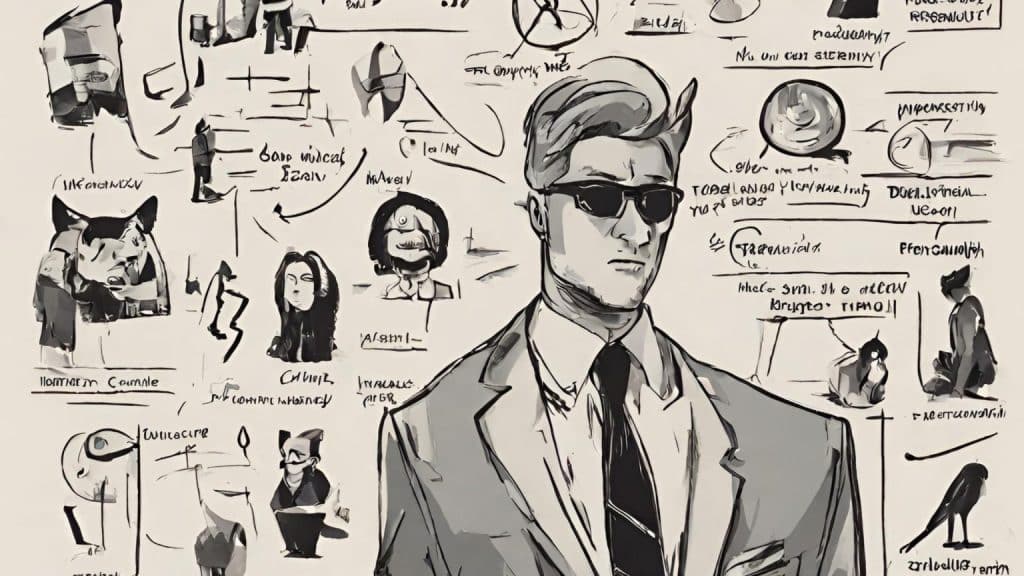
Leaving a lasting impression and fostering genuine emotional connections with an audience comes down to possessing an authentic, warts-and-all personality with unique perspectives on the world and life.
Using the right archetypal persona in branding, including hospitality branding, restaurant branding, corporate branding, and personal branding, opens a brand to new, real connections.
Below are the steps that can help you nail down your brand archetype.
1. Figure out what the audience wants
For brands to build a strong emotional connection with their audience, they need to understand their audience, why they are searching for a particular solution, and their unmet needs.
Take a quiet restaurant in New York City, for example.
Its diners may initially seek a place to enjoy delectable cuisine, but dig a little deeper and you may discover that these diners are not merely seeking food; they desire an atmosphere that allows them to savor life, feel a sense of belonging, or escape from the everyday hustle of city life.
When you grasp the why behind your customers, your brand’s message should be influenced by that why.
You can use the Brand Archetype list we’ve put together at the start of this blog to identify the desire that taps into your audience’s why and use that as a foundation to start building your brand’s image.
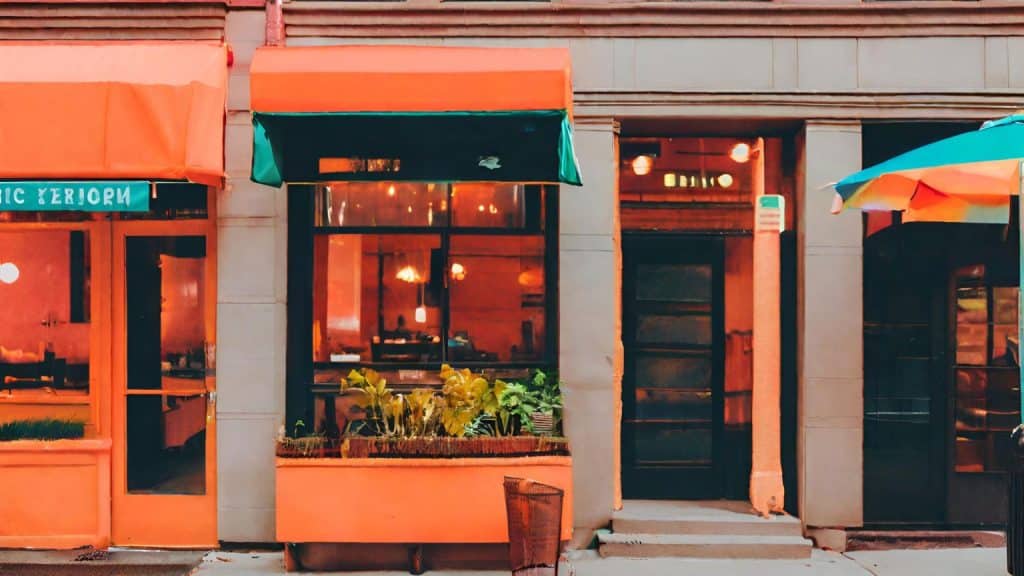
2. Identify the core archetype and brand personality
Once you’ve figured out your customer’s desire, you can match it to the archetype that most powerfully captures it.
For instance, if your audience craves Independence, the Rebel archetype may serve as the driving force, or if they are seeking a sense of belonging, the Caregiver archetype can provide that comforting connection.
While your audience can have a desire that resonates with what you’re offering them, it doesn’t necessarily reflect their entire personality. The desire helps you find the core archetype, but knowing brand personality will help you determine where your brand fits best in the industry.
Start by understanding your customer’s personas. Identify —
You can use the Brand Archetype list we’ve put together at the start of this blog to identify the desire that taps into your audience’s why and use that as a foundation to start building your brand’s image.
- Key demographics such as age, gender, race, etc.
- Their professional background
- Hobbies and interests
- Motivations and psychographics
It’s okay if your brand leans towards another archetype as long as you’ve identified and defined your core archetype.
Next, define a few key adjectives that most closely encapsulate your brand. These form the foundation of your brand personality.
3. Choose the right archetypal mix
Brands are often made up of a mix of archetypes rather than a single one. Your primary archetype should represent at least 70 percent of your brand personality. The remaining 30 percent can be used strategically to call to your audience’s wants.
Your audience may seek wisdom and guidance (the Sage) but may also value their individuality. In this case, a brand made up of the Sage and Explorer can appeal to them, giving them wisdom and adventure. f your brand personality.
However, using more than two archetypes can lead to a weaker, more muddled brand personality.
4. Bring the brand to life
Once you’ve established your archetypes, you can start working on your brand personality. This is where you breathe life into your brand by creating a persona that reflects your values, worldview, and communication style.
Ask questions that reflect the position of your brand, its market, expertise, societal perspectives, and more.
These can be:
- Why does this brand exist?
- What value does it bring to the audience?
- What is this brand all about?
- Why is this market a great place to thrive?
- In what way can this brand transform the industry?
- What goes against the principles of this brand?
Answer these questions, keeping in mind your primary and secondary archetypes. Be human. Once your brand communicates its opinions, beliefs, and aspirations coherently in a way the audience can connect, you’ve created a personality rooted in their desires.
Jungian Archetypes in the World of NYC Restaurants
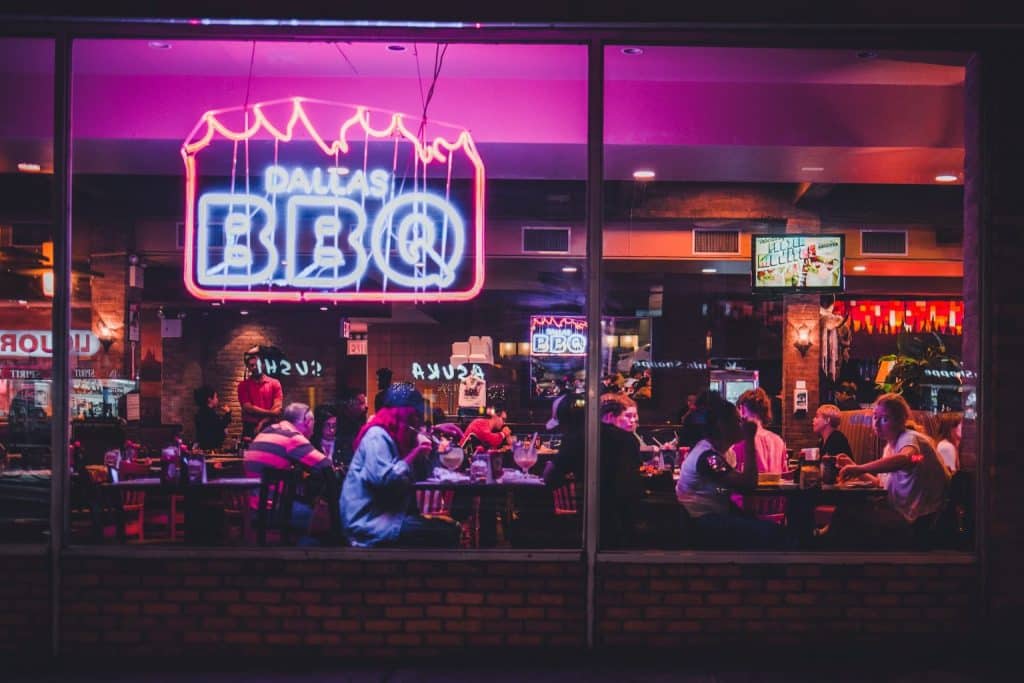
New York City is home to a diverse and vibrant culinary scene with many famous restaurants, each with its unique restaurant branding archetype.
Let’s take a look at a few of them to understand where their culinary artistry aligns:
1. Le Bernardin
Brand archetype: The Creator
Closely related: The Hero
Holding its position as one of the best restaurants in the world, Le Bernardin has maintained its status of excellence and luxury for over three decades. The co-owner of Le Bernardin, Maguy Le Cozy, describes it as a brand about change, innovation, consistency, excellence, and artistry.
2. Raoul’s
Brand archetype: The Lover
Closely related: The Explorer
Holding its position as onA great spot for a dimly lit evening, Raoul’s is dark, sexy, and authentic. This French bistro attracts couples looking for a romantic dinner, a passionate atmosphere, and a fine dining experience.
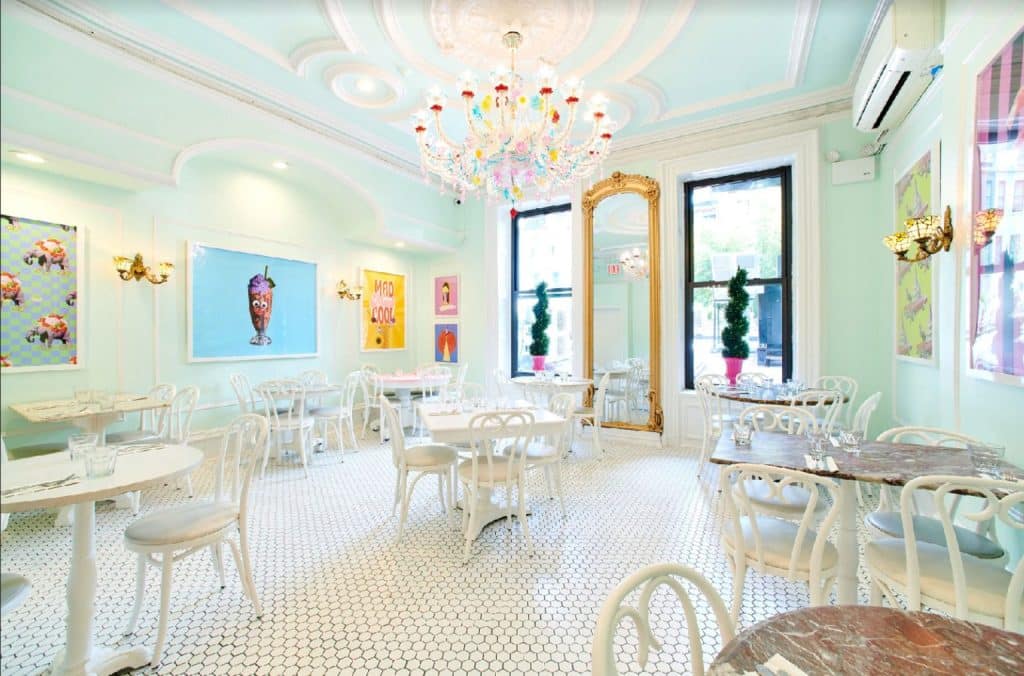
3. Serendipity 3
Brand archetype: The Jester
Closely related: The Magician
Unlike the traditional, quaint, and serious take on dining, Serendipity is a decades-old restaurant that has taken playfulness, fun, and food to another level. This enchanting spot is perfect for indulgent and extravagant desserts served with a dash of whimsy.
4. Per Se
Brand archetype: The Hero
Closely related: The Sage
Per Se by Thomas Keller is pure luxury. It’s often praised for its meticulous attention to detail, serene atmosphere, culinary precision, and an elevated, innovative nine-course menu that uses the finest ingredients.
5. Casa Mono
Brand archetype: The Explorer
Closely related: The Caregiver
This Michelin-starred tapas bar-restaurant offers diners diverse flavors of Spain and a cozy, feel-good vibe. Bustling with people, Casa Mono’s executive chef, Andy Nusser, has reimagined classic dishes with adventurous proteins. This brand is also big on sustainability with its environmentally conscious practices.
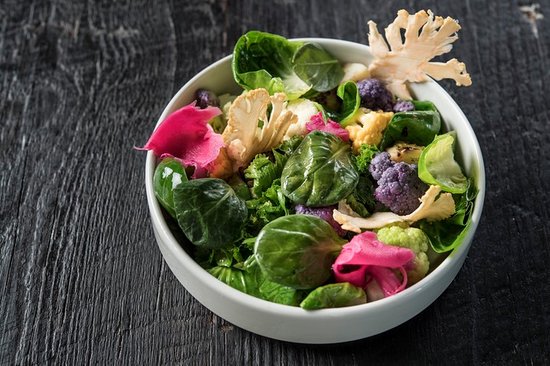
6. Dirt Candy
Brand archetype: The Rebel
Closely related: The Magician
Pushing boundaries with food, Dirt Candy started a vegetarian revolution in the city with its irony-clad menu, including broccoli franks, carrot pepperoni, beet carpaccio, and more. Magical, rebellious, it’s all that and more.
7. Eleven Madison Park
Brand archetype: The Magician
Closely related: The Explorer
Modern, elegant, and out of a storybook, nothing in this cozy spot is out of place—from carefully curated tables to staff’s custom-made suits. With a magic-infused atmosphere and a spell-binding menu, Eleven Madison Park is a breath of fresh air in the face of luxury dining. That’s not all; they have taken brand evolution seriously and evolved entirely by adopting a completely plant-based menu.
8. Union Square Café
Brand archetype: The Sage
Closely related: The Everyman
Combining a sense of culinary artistry and tradition, Union Square Café has provided diners with authentic contemporary American food for over three decades. Wrapped with an old, magical charm, it’s a spot that feels like home, belonging, and reliability.
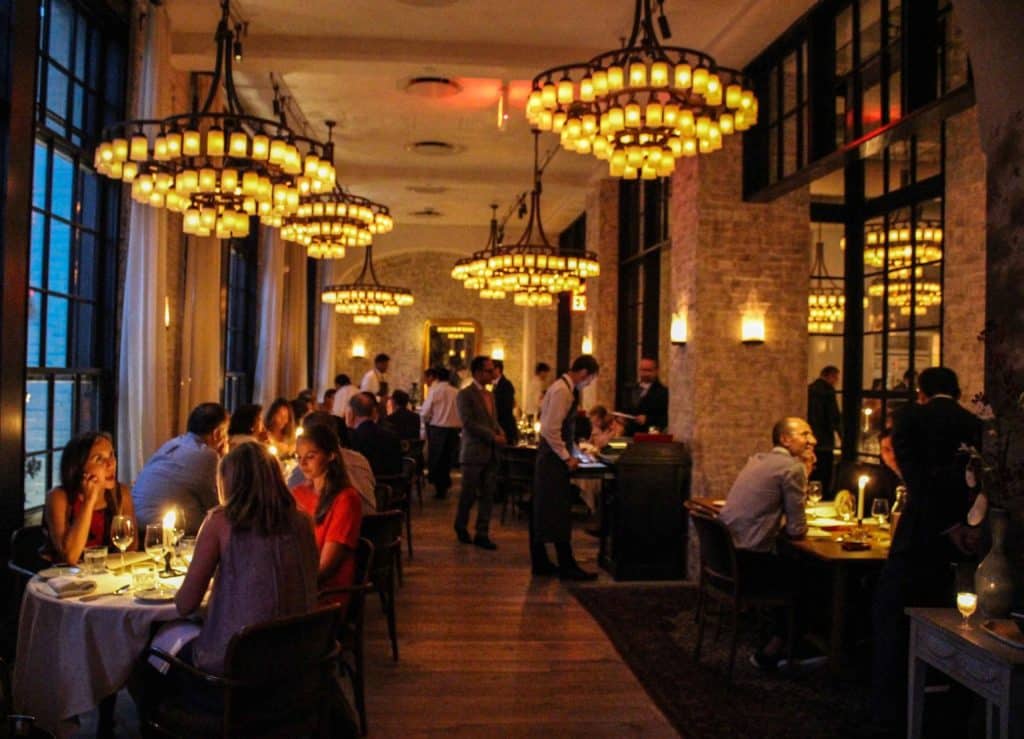
9. Le Coucou
Brand archetype: The Ruler
Closely related: The Lover
Classic, calm, and very French, Le Coucou is a luxury dining experience brought to the US by internationally acclaimed Chef Daniel Rose and restaurateur Stephen Starr. This Parisian bistro is perfect for romantic dinners and mid-day lunches, boasting a star-lit menu and an environment full of European grandeur.
10. Katz’s Delicatessen
Brand archetype: The Caregiver
Closely related: The Everyman
This legendary deli, known for its delectable sandwiches, started as a meeting spot for millions of immigrant families in the early twentieth century. NYC’s-favorite pastrami spot focuses on family, tradition, values, and providing comfort and belonging.
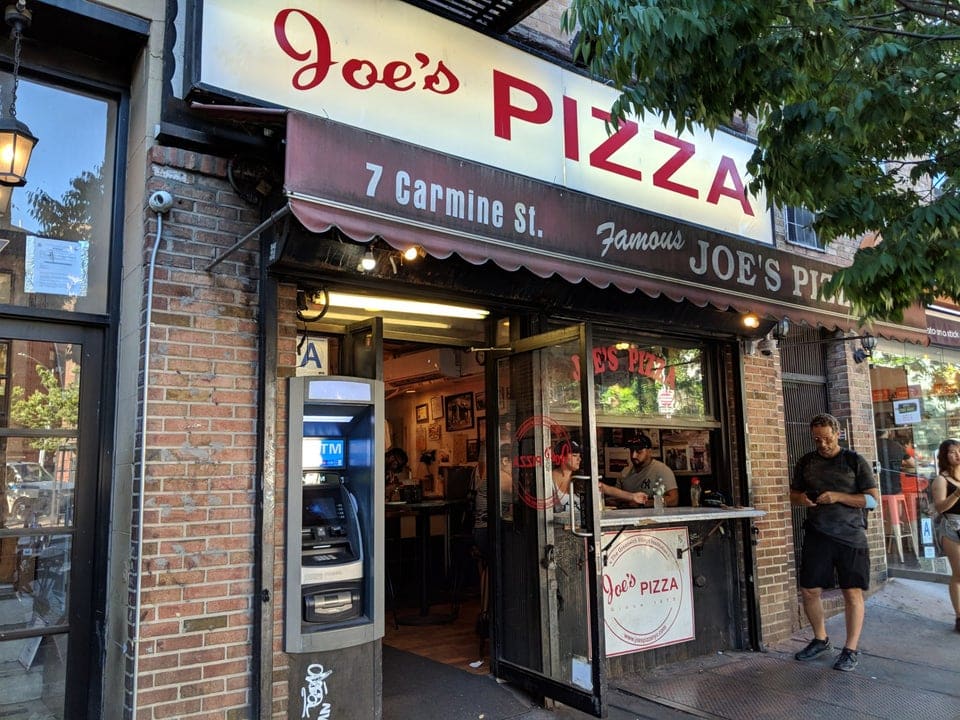
11. Joe’s Pizza
Brand archetype: The Everyman
Closely related: The Sage
When it comes to NYC, everyone knows Joe’s Pizza. It’s a classic spot beloved by all, representing a sense of reliability, simplicity, and belonging. With its traditional NYC-style pizza slices with crisp crusts, it’s an ode to Italians who brought their skills and appetites to the bubbling city.
12. Bubby’s
Brand archetype: The Innocent
Closely related: The Everyman
Bubby’s is a homey, welcoming spot in the over-so-alive NYC, specializing in homestyle American cuisine. It’s inspired by the patchwork of American culture, carrying on the legacy of generations who helped build America.
Do You Need Restaurant Marketing Experts to Nail Down Branding?
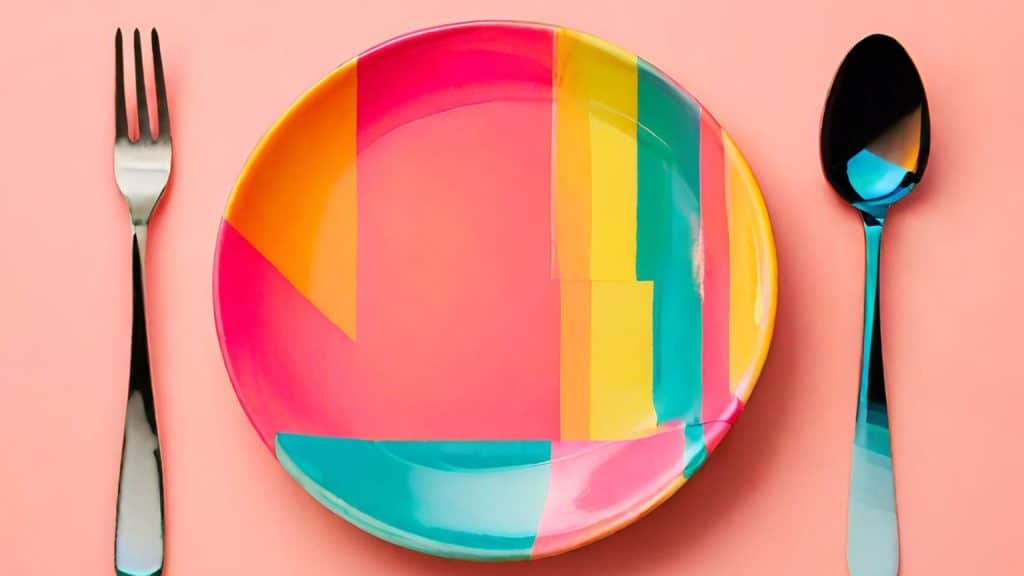
Marketing experts like us at Primi Digital are pivotal in helping restaurants define and refine their brand archetypes, a fundamental aspect of creating a compelling and resonant brand image.
By thoroughly understanding a restaurant’s unique identity, values, and target audience, experts can identify the most fitting archetype that aligns with the restaurant’s vision.
Through market research and analysis, skillful marketers from a restaurant branding agency can unearth the desires and expectations of the customer base, allowing for a more precise archetype selection.
Once the archetype is established, marketing experts help consistently craft restaurant branding, messaging, and overall customer experience to reflect that archetype. This ensures the restaurant stands out in a highly competitive industry while fostering a deeper, more authentic connection with its patrons.
Where We Stand—A Glance at Primi Digital’s Branding Services
At Primi Digital, we’re a restaurant branding agency that provides restaurants and other F&B brands with a full-service digital marketing platform.
With our help, restaurants can establish a strong, consistent brand image, connect with their target audience, and stand out in the ever-so-competitive market.
We leverage our decades of expertise to create strong restaurant marketing campaigns with effective tools, stunning visuals, and tried-and-tested strategies that resonate with the restaurant’s image.
